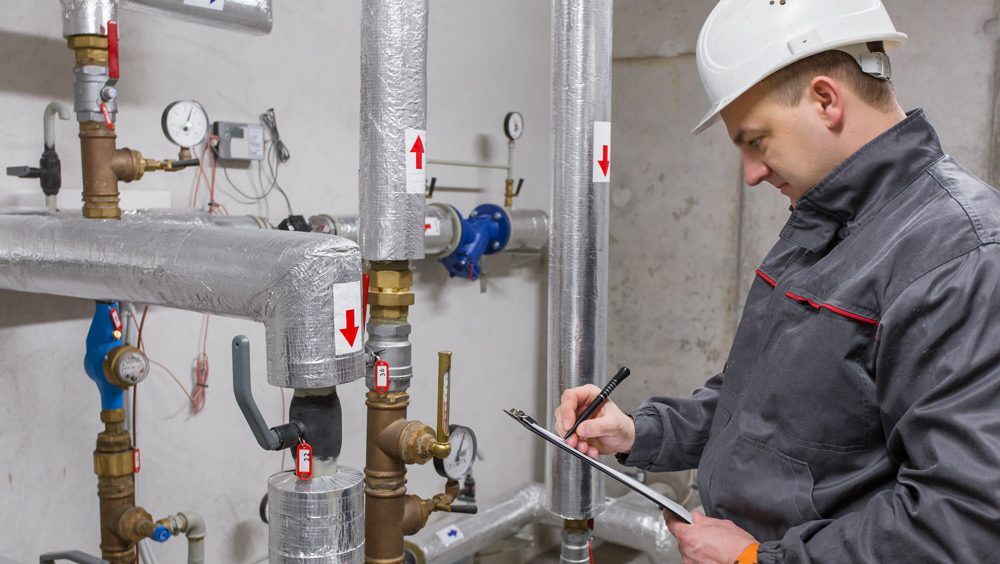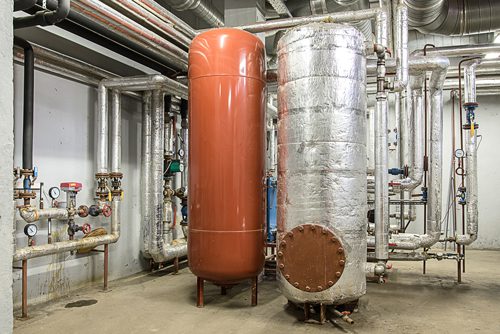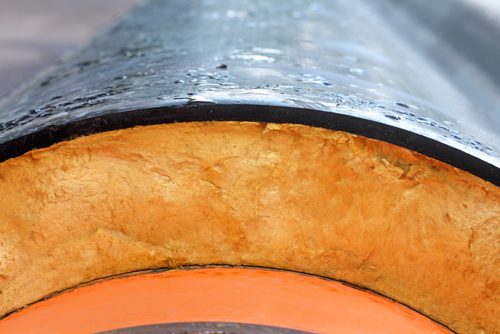There are numerous thermal insulation materials available to reduce conductive and convective heat flow. Sometimes these materials incorporate radiant barriers to create a reflective insulation product.



Each insulation material has its advantages and disadvantages to consider in your selection process.
KLINGER IGI stocks and sources a wide variety of materials designed for thermal and acoustic insulation applications. These materials include:
- Fiberglass, the most common insulation in modern times, made of finely woven silicon, glass powder, and glass shards. Non-flammable insulator that is able to minimize heat transfer. Rated R-2.9 to R-3.8 per inch.
- Mineral Wool, also known as glass, rock, or slag wool depending on its mineral origins. Not ideal for where heat is present because it does not have additives to make it fire resistant. However, it is not combustable. Rated R-2.8 to R-3.5 per inch.
- Cellulose, the most eco-friendly insulation made from recycled pulp and paper materials. One of the more fire resistant forms of insulation becuase of the compactness of the material. Rated R-3.1 to R-3.7 per inch.
- Polyurethane Foam, a relatively light (2 lb per cu ft), low density, and fire resistant foam that can be sprayed into areas and directly on objects, dramatically expanding the location insulation can be deployed. Rated R-3.6 to R-6.3.
- Polystyrene (EPS, XEPS), a waterproof thermoplastic foam that is excellent for not only temperature insulation but also sound. It's smooth surface and ability to be created or cut into blocks makes it ideal for wall insulation. However, the foam is flammable.
- Ceramic Fiber, also known as RCF (refractory ceramic fiber), is often found in board or blanket form for use in industrial high-temperature insulation applications. This lightweight insulation exhibits low thermal conductivity and heat storage, high-temperature stability (up to 2600 F), and excellent shock and corrosion resistance.
- Aerogel and Pyrogel, two high tech insulation materials used in aerospace and critical industrial applications. Expensive, but definitely the best insulation available.
One of the top products KLINGER IGI uses for custom insulation parts is Superwool®.
Superwool insulating blankets are soft and flexible solutions for high temperature insulation applications. These blankets a constructed with low bio-persistent, high temperature insulation fibers; therefore, you'll find Superwool often replacing traditional ceramic fiber insulation. Superwool offers stability plus resistance to water/oil spills and chemical attacks (for all but extreme acids like hydrofluoric or phosphoric acids and strong alkalis like sodium or potassium hydroxides).
Regardless of your need for thermal, moisture, or sound control, there is an insulation material designed to overcome your heat, cold, condensation, and airflow challenges. Give us a call. Let us assist you.
